August 7, 2025
A new chapter in the entertainment industry has officially begun as Skydance Media and Paramount Global completed their long-awaited merger, forming a new entity under the name Paramount, a Skydance Corporation. This landmark deal is one of the most significant in recent Hollywood history, signaling a strategic shift in how legacy media companies adapt to a rapidly evolving digital age.
A Power Shift in Leadership
With the merger complete, Skydance CEO David Ellison steps into the top role as Chairman and CEO of the newly formed company. He is joined by Jeff Shell as President and Andy Gordon as Chief Operating Officer. The leadership overhaul also includes high-profile names such as former Netflix executive Cindy Holland, who will oversee the direct-to-consumer division, and George Cheeks, who will chair the TV Media division. Meanwhile, Paramount’s previous co-CEO Brian Robbins has stepped down as part of the transition.
The leadership changes reflect a broader strategic realignment as Skydance brings its technology-forward mindset to the historic Paramount brand.
A Streamlined, Focused Structure
The restructured company will operate under three main divisions: Studios, Direct-to-Consumer, and TV Media. This tri-segment approach is designed to emphasize both traditional content production and modern digital distribution. In line with the merger, the company has announced plans to cut operational costs by an estimated $2 billion and reduce existing debt by approximately $1.5 billion.
The goal is clear: transform Paramount into a leaner, more agile content powerhouse capable of competing with streaming giants while still maintaining its theatrical legacy.
Regulatory Clearance and Controversy
The merger was approved by the Federal Communications Commission after months of scrutiny and debate. As part of the approval process, Skydance agreed to implement a two-year oversight system to ensure editorial balance in its news operations—particularly CBS News—and reportedly committed to ending certain diversity, equity, and inclusion (DEI) initiatives within the company.
These decisions have sparked criticism from some corners, with questions being raised about whether political pressure influenced editorial or programming decisions. Notably, the recent cancellation of “The Late Show with Stephen Colbert” has fueled concerns, though Skydance has distanced itself from that decision.
Financial Impact and S&P 500 Speculation
Despite the high profile of the merger, the combined company’s market capitalization stands at just over $11 billion—potentially too low for it to remain in the S&P 500 index. While no official decision has been made, financial analysts are watching closely to see whether the index will rebalance in September to reflect the merger’s outcome.
Vision for the Future
In an open letter to employees and stakeholders, David Ellison emphasized a bold vision that combines Paramount’s rich cinematic heritage with Skydance’s innovation-driven strategy. Plans include further investment in streaming, live sports, gaming, and immersive content—placing technology at the center of future growth.
The new company is also expected to expand its global footprint, seeking new distribution deals and partnerships to bring content to a wider international audience.
Final Thoughts
The Skydance–Paramount merger is more than just a corporate reshuffling—it’s a bet on the future of entertainment. With fresh leadership, a focus on technology, and a tighter operational model, Paramount is positioning itself to reclaim relevance in a media landscape dominated by streaming wars and shifting viewer habits.
Whether it succeeds in balancing innovation with its legacy identity remains to be seen, but one thing is clear: Hollywood has a new powerhouse to watch.

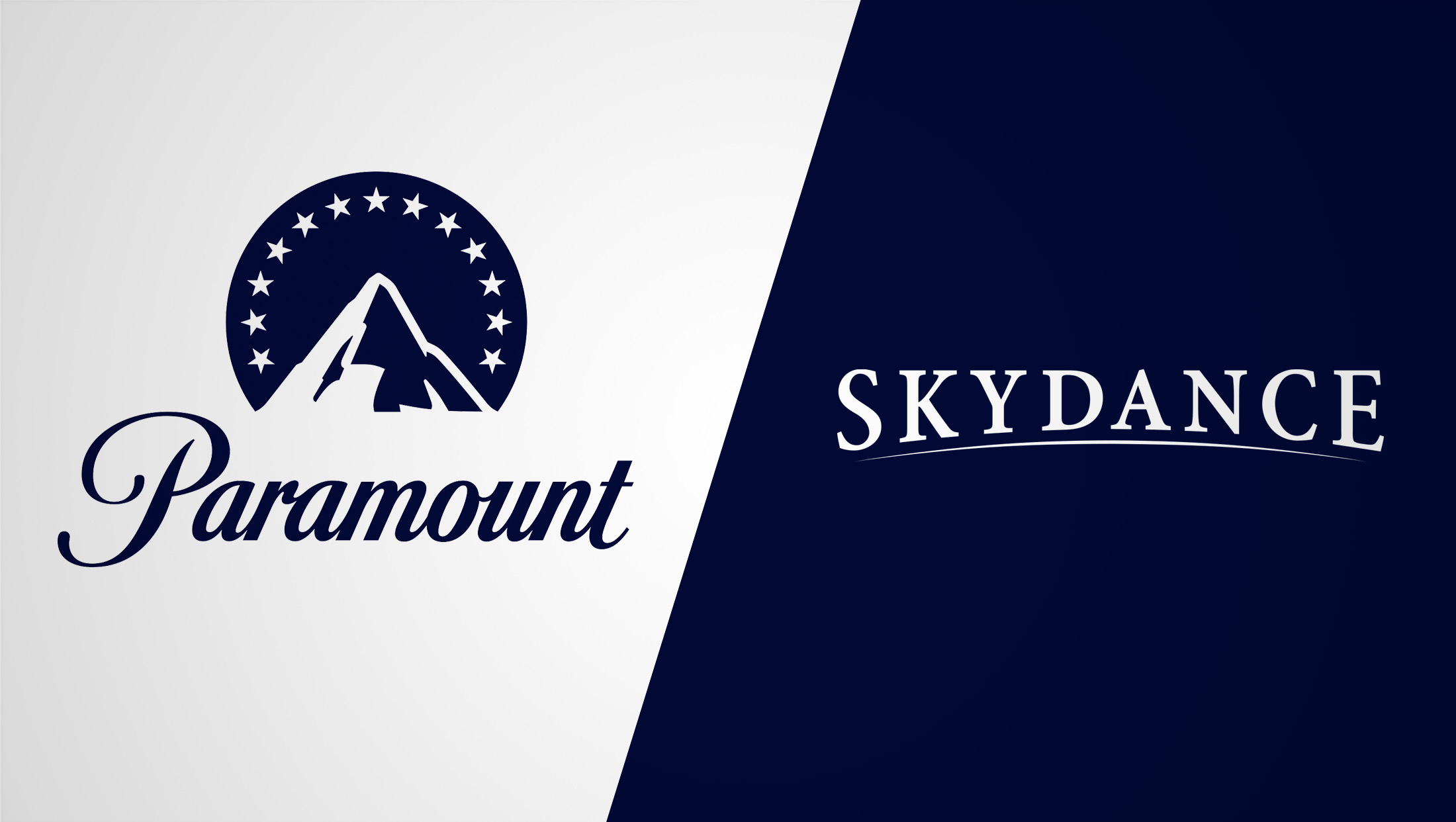

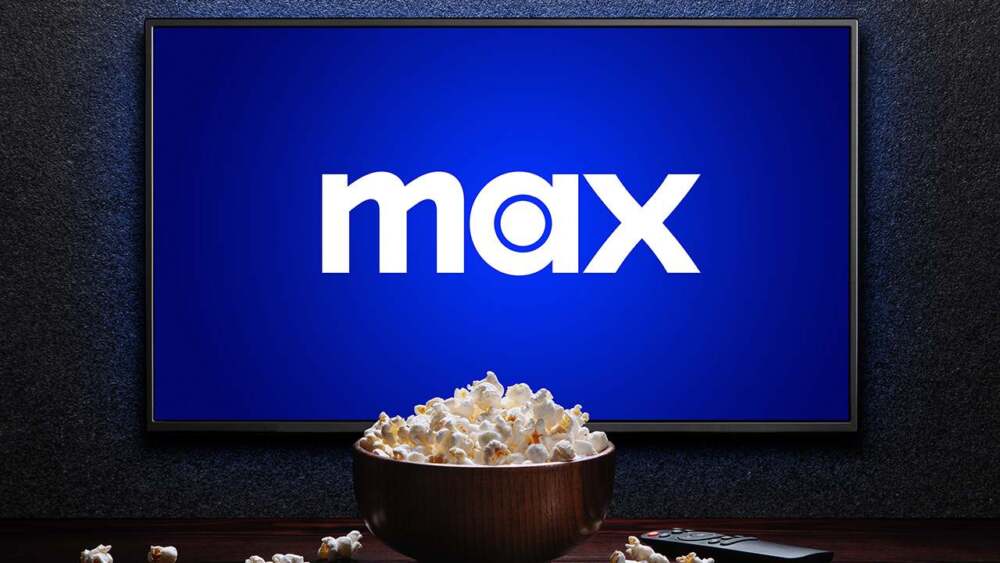
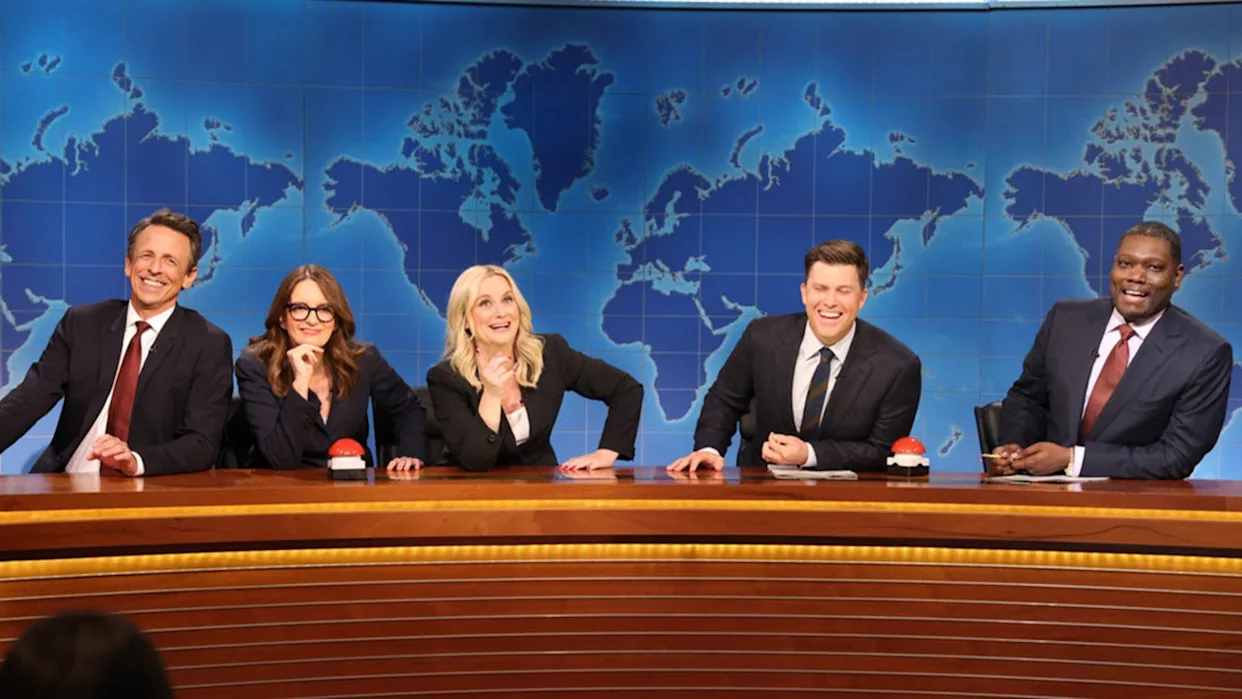
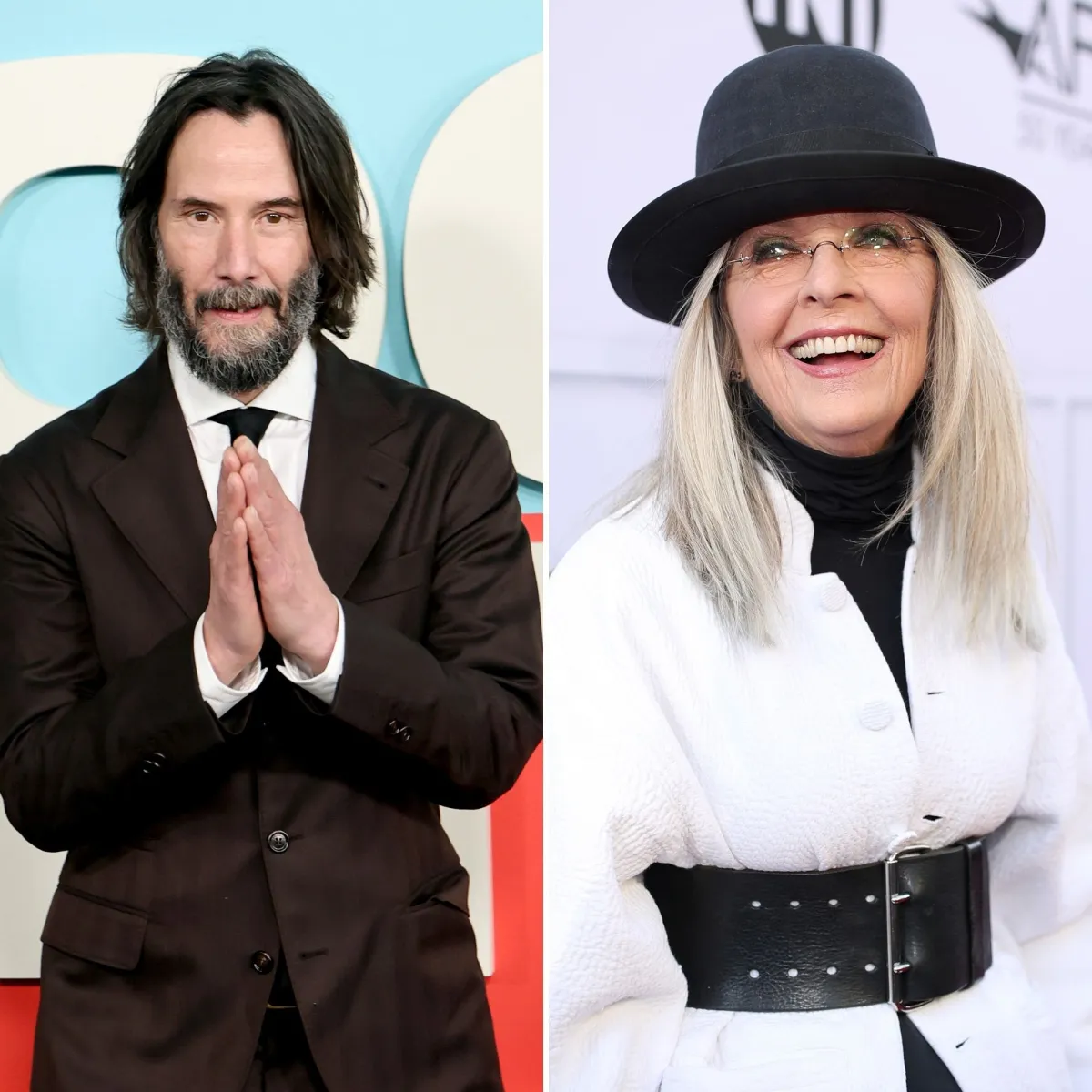
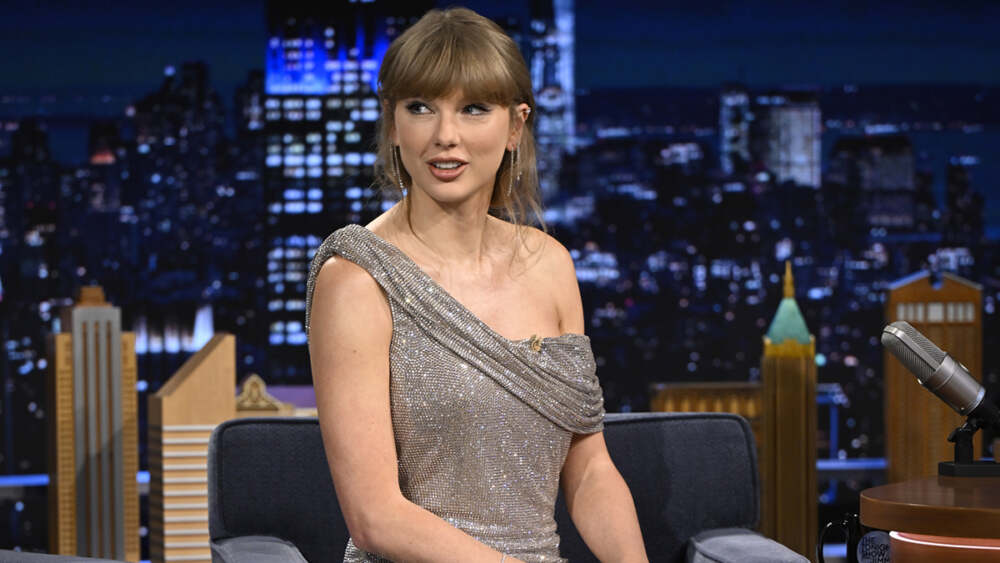
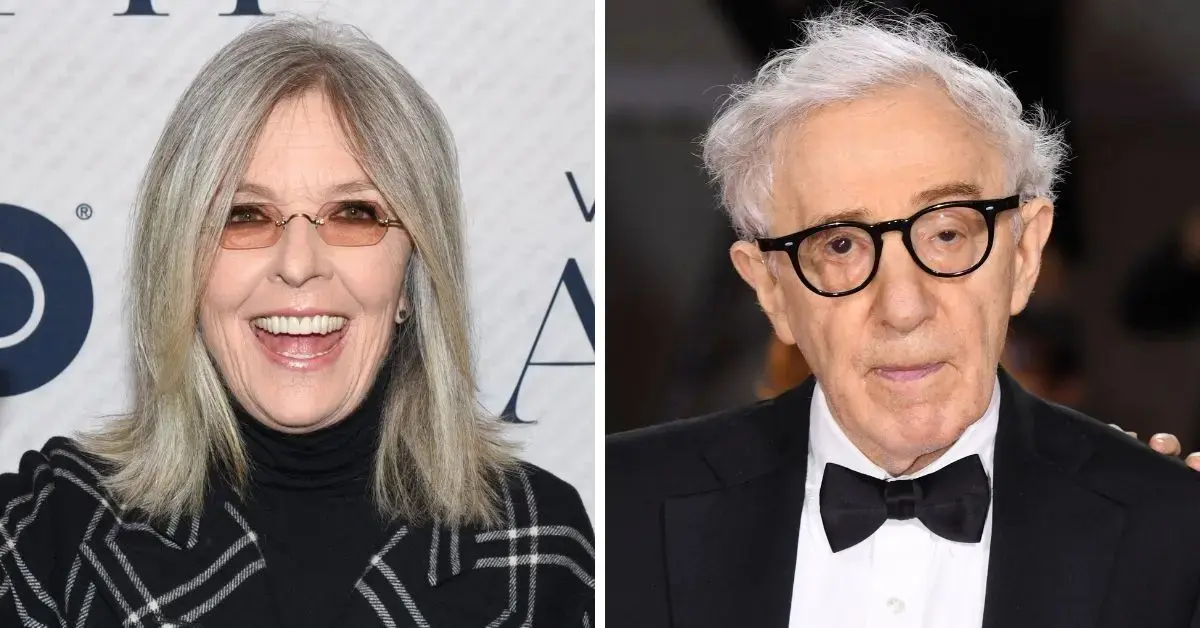




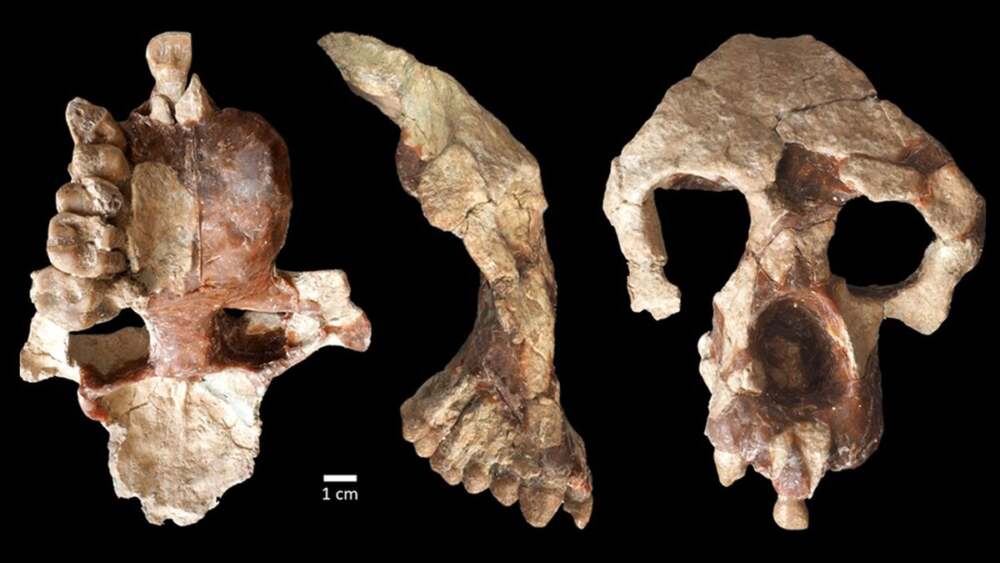


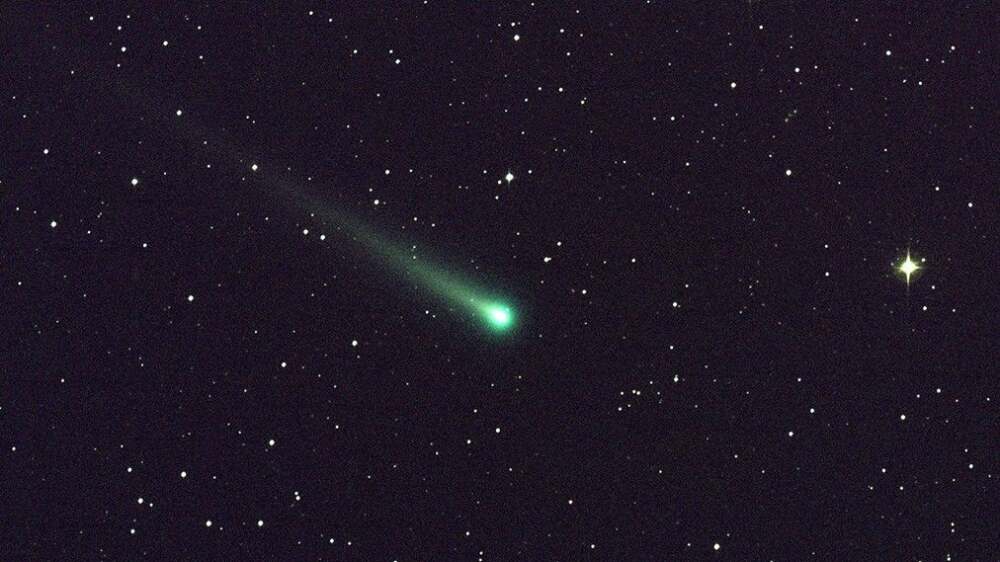
Leave a Reply